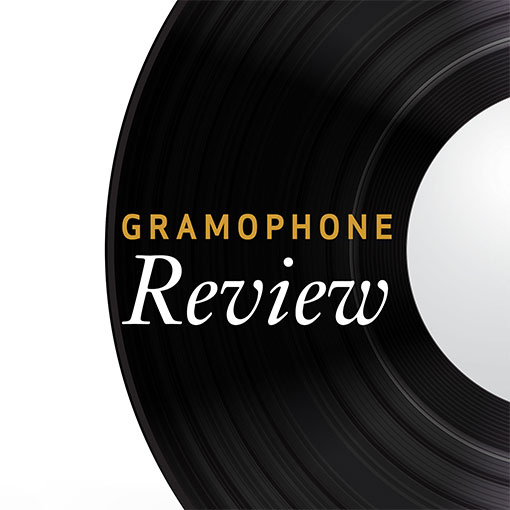Haydn Keyboard Sonatas
View record and artist detailsRecord and Artist Details
Composer or Director: Joseph Haydn
Label: Meridian
Magazine Review Date: 3/1993
Media Format: Cassette
Media Runtime: 0
Mastering:
DDD
Catalogue Number: KE77210

Tracks:
| Composition | Artist Credit |
|---|---|
| Sonata for Keyboard No. 39 |
Joseph Haydn, Composer
Joseph Haydn, Composer Julia Cload, Piano |
| Sonata for Keyboard No. 41 |
Joseph Haydn, Composer
Joseph Haydn, Composer Julia Cload, Piano |
| Sonata for Keyboard No. 44 |
Joseph Haydn, Composer
Joseph Haydn, Composer Julia Cload, Piano |
| Sonata for Keyboard No. 48 |
Joseph Haydn, Composer
Joseph Haydn, Composer Julia Cload, Piano |
| Sonata for Keyboard No. 49 |
Joseph Haydn, Composer
Joseph Haydn, Composer Julia Cload, Piano |
Composer or Director: Joseph Haydn
Label: Meridian
Magazine Review Date: 3/1993
Media Format: CD or Download
Media Runtime: 77
Mastering:
DDD
Catalogue Number: CDE84210

Tracks:
| Composition | Artist Credit |
|---|---|
| Sonata for Keyboard No. 39 |
Joseph Haydn, Composer
Joseph Haydn, Composer Julia Cload, Piano |
| Sonata for Keyboard No. 41 |
Joseph Haydn, Composer
Joseph Haydn, Composer Julia Cload, Piano |
| Sonata for Keyboard No. 44 |
Joseph Haydn, Composer
Joseph Haydn, Composer Julia Cload, Piano |
| Sonata for Keyboard No. 48 |
Joseph Haydn, Composer
Joseph Haydn, Composer Julia Cload, Piano |
| Sonata for Keyboard No. 49 |
Joseph Haydn, Composer
Joseph Haydn, Composer Julia Cload, Piano |
Author: Richard Wigmore
As with earlier discs in this series, Meridian are not bashful in their promotion of Julia Cload: the CD booklet carries eulogies from H. C. Robbins Landon and the late Hans Keller and throws in a couple of favourable
Any reservations I had here stemmed less from Cload's occasional over-forcefulness than from her tendency now and again to take rhythmic flexibility to extremes, caressing the moment at the risk of the music's flow and structural coherence. I'm thinking particularly of the outer movements of the C sharp minor (the rhythm of the finale often sounds limping) and the Adagio of the C major, which is indulged at lengths this innocuous music will not bear, with the frequent blurring of the pulse. But pleasure in Cload's playing certainly outweighed these relative disappointments. And to restore the critical balance, let me commend her performance of the much maligned outer movements of the same sonata, the first a thing of untrammelled wit and brio (how different from the mincing, prettified readings one often hears), the finale delighting in the variety of meaning to be found in the dotted rhythms of the opening bar and, like many other movements here, benefiting from the full value Cload gives to Haydn's fermate.'
Discover the world's largest classical music catalogue with Presto Music.

Gramophone Digital Club
- Digital Edition
- Digital Archive
- Reviews Database
- Full website access
From £8.75 / month
Subscribe
Gramophone Full Club
- Print Edition
- Digital Edition
- Digital Archive
- Reviews Database
- Full website access
From £11.00 / month
Subscribe
If you are a library, university or other organisation that would be interested in an institutional subscription to Gramophone please click here for further information.





